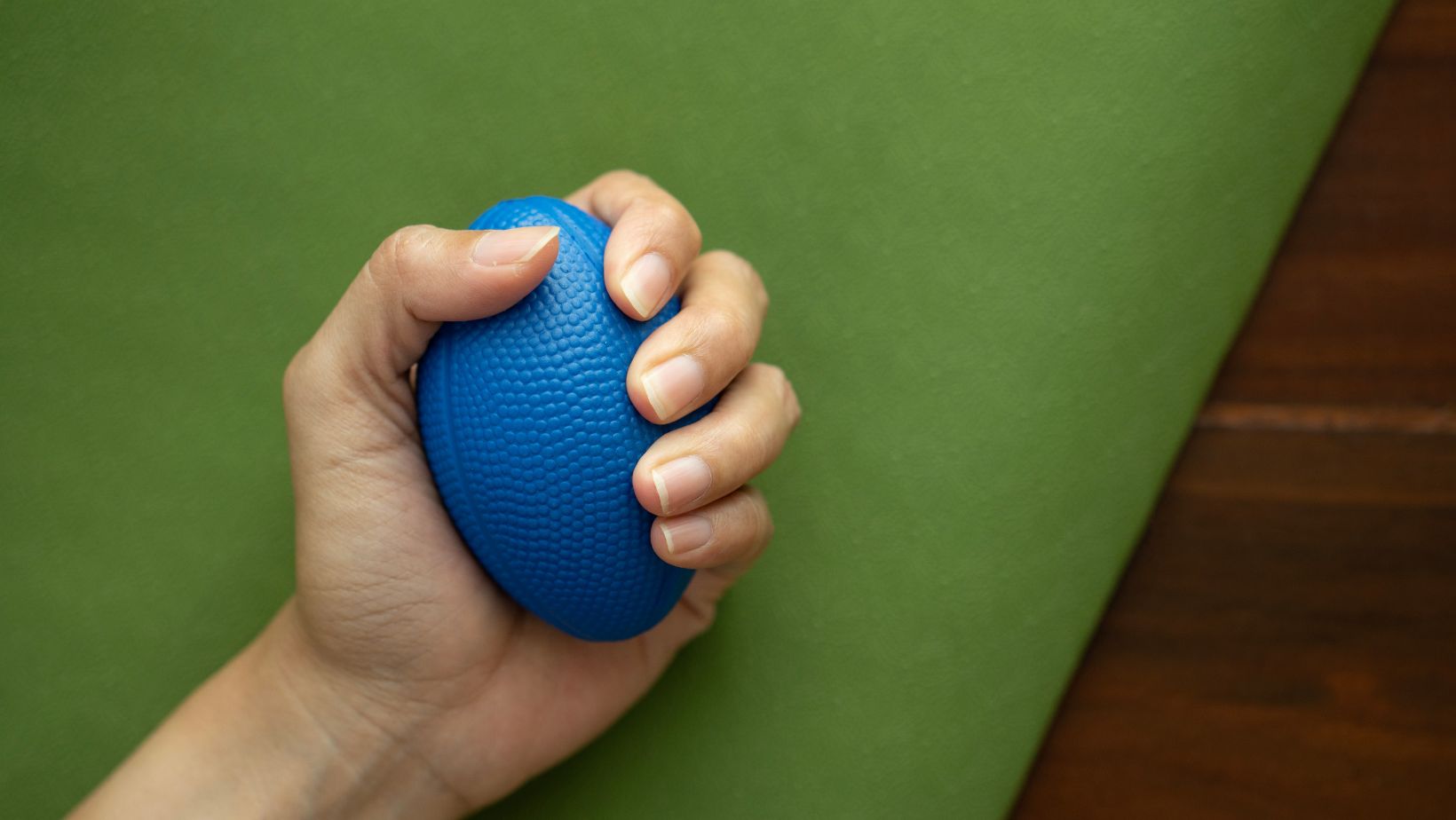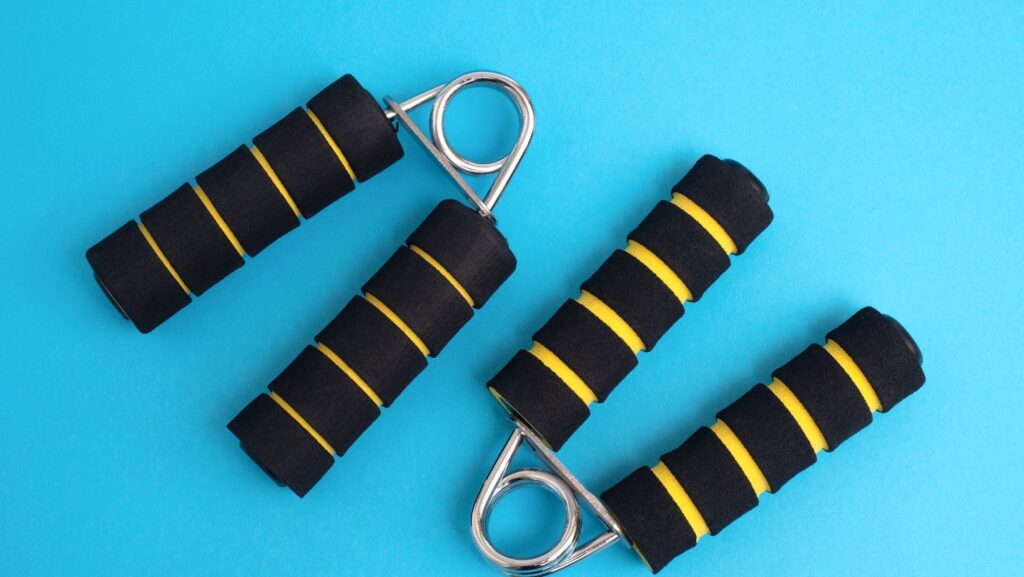Understanding the Purpose Behind Grip Training Gears
Your grip strength serves as the foundation for many athletic movements, yet the tools you choose to develop it can shape outcomes in dramatically different ways. Whether you’re preparing for a climbing expedition, trying to improve your deadlift numbers, or simply aiming for a bone-crushing handshake, grip training gears can be a game-changer. Selecting between hand grippers, grip balls, and fat grips isn’t just about preference—it’s about aligning the equipment with your specific performance objectives.
Hand Grippers: Direct Strength Development
Hand grippers have long been a staple for those seeking raw hand strength. With spring-loaded resistance that ranges from beginner-friendly to elite levels, they offer measurable progression. They focus heavily on the crushing aspect of grip, which benefits individuals who need to generate force quickly—think martial artists or powerlifters locking in a lift. Each squeeze engages the flexor muscles of the fingers and forearms, enhancing endurance as much as brute force.
However, hand grippers tend to prioritize strength in a linear movement pattern. If your sport requires dynamic hand positioning, they might not fully cover those needs.
Grip Balls: Building Dexterity and Control
Grip balls, often made of rubber, gel, or silicone, provide a more versatile approach. Instead of a uniform squeeze, the user can shift pressure points and finger placement, simulating unpredictable situations. Rock climbers and grapplers often favor these tools because they help foster fine motor control in addition to strength. The spherical shape recruits stabilizer muscles that traditional hand grippers typically neglect.

They’re also excellent for rehabilitation or reducing hand fatigue, especially when used in higher-rep ranges. Yet, while they develop a wide range of grip qualities, they might lack the progressive overload some athletes seek for maximal strength development.
Fat Grips: Maximizing Functional Carryover
Fat grips attach to barbells, dumbbells, or pull-up bars, increasing the diameter and forcing the hands and forearms to work overtime. This type of gear doesn’t isolate grip work but rather integrates it into compound lifts like rows, curls, or farmer’s walks. Athletes who need grip endurance for extended holds—such as strongmen, wrestlers, or manual laborers—often benefit from this approach.
The increased bar thickness demands greater activation of the entire kinetic chain, making fat grips ideal for those who want functional strength with direct application to larger movements. One drawback is that they can compromise technique if not introduced gradually, particularly in lifts where grip fatigue might precede other muscle groups.
Choosing the Right Tool for Your Discipline
For Maximum Crush Strength
If your goal revolves around developing crushing power—such as breaking free of holds in combat sports or closing heavy grippers—traditional hand grippers are the obvious choice. Their simple design allows for consistent progressive overload, a crucial factor in strength programming.
For Dexterity and Versatility
Grip balls are a go-to for athletes who need reactive grip changes. Climbers, Brazilian Jiu-Jitsu practitioners, and baseball players can all benefit from the nuanced engagement these spherical tools require.
For Carryover to Lifting and Holds
Fat grips shine when your training involves heavy lifting or endurance-based holding strength.
By increasing grip demand across familiar lifts, they provide practical benefits without adding extra isolation work.
Blending Methods for Comprehensive Grip Development
Rarely does one tool meet every need. Many advanced athletes and trainers combine these grip training gears to target multiple aspects of hand and forearm strength.

Incorporating a mix of crushing, pinching, holding, and dynamic movements ensures balanced development.
Final Thoughts: Tailoring Gear to Goals
Understanding the nuances between hand grippers, grip balls, and fat grips can help you select the most effective option—or combination—for your sport and ambitions. Whether it’s pure strength, fine motor control, or functional endurance you’re after, choosing the right grip training gear will sharpen your edge.
